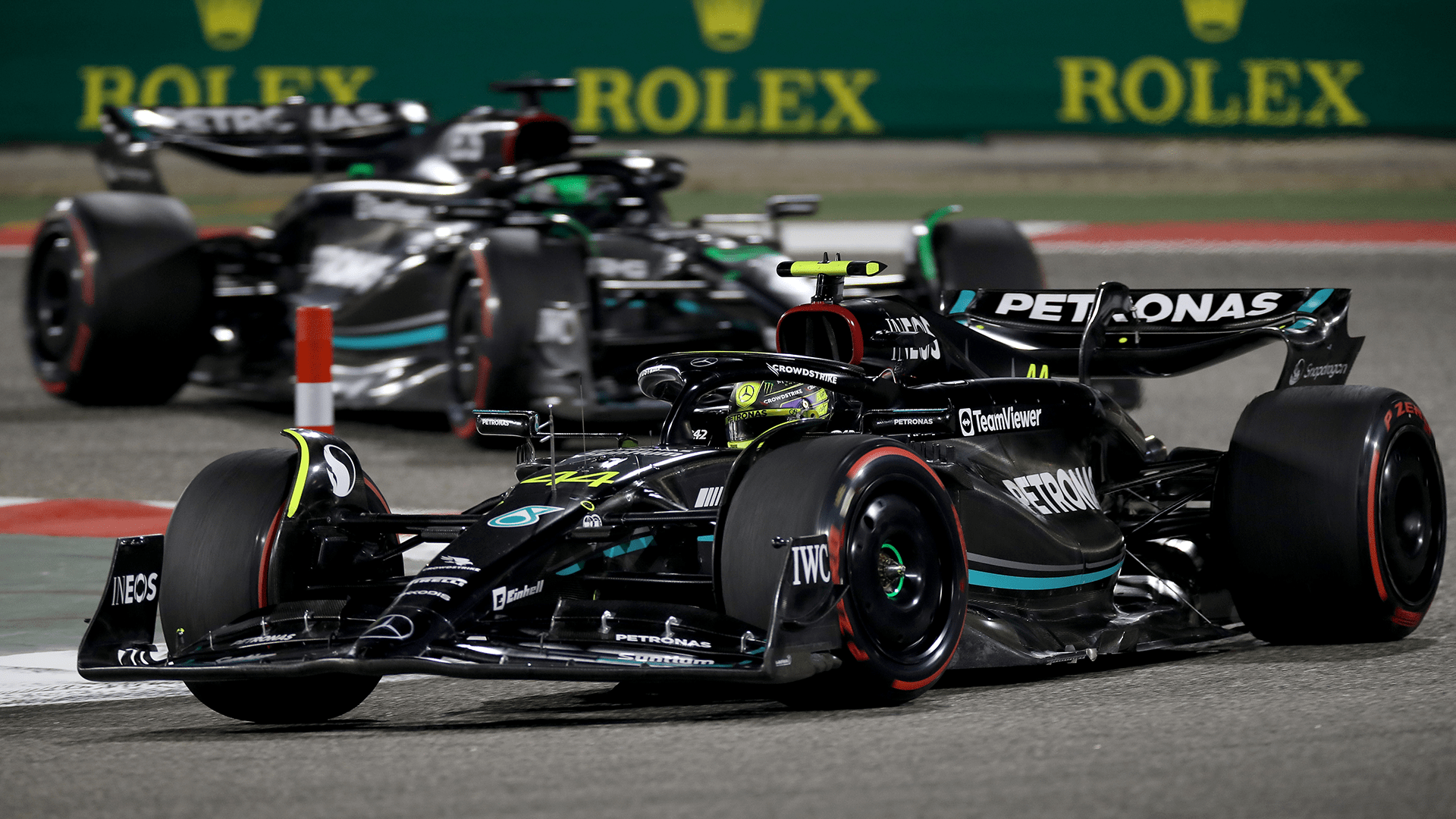AR3-GP wrote: ↑23 Oct 2023, 16:46
At the end of the day, Mercedes would have had to raise their car or run stiffer suspension to reduce the plank wear. This would have changed the performance picture.
The pictures of Merc vs RB vs Ferrari are only a tangential discussion point.
This is assuming that it wasn't due to exceeding track limits as Dans79 is rightly pointing out. Scraping it 2 or 3 times over the kerbs on an already bumpy track would do it.
Cars that naturally run lower would have an optimum set up and then fall at risk to this for the simple reason there wasn't enough running time to make those small adjustments.
The rule is pretty clear.
A minimum thickness of 9mm will be accepted due to wear, and conformity to this provision will be checked at the peripheries of the designated holes
All it takes is one square hit at the right angle at the right load at the right time at the right track and you have non conformity at one part of the entire plank.
And that could be anyone at any venue if the FIA could be bothered to check if they're "suspicious".
As it appears this was the reason they checked LeClerc and Ham.
Post-race scrutineering is part and parcel of motorsport all the way up from a grassroots level. After an F1 contest, an array of temperatures, torques, software, fuel and component checks are carried out.
But these are not uniform across the 20 cars. The sporting regulations permit technical delegate Jo Bauer to carry out “at his discretion, any checks to verify the compliance of the cars entered in the competition”.
Accordingly, no cars had their floors checked following the Japanese GP, one was looked at after the Qatar sprint race and three cars assessed in the immediate aftermath of the full-length Qatar GP.
The FIA can zero in on which cars to single out for further inspection based on a variety of indicators.
In the case of a worn floor, a beaten-up titanium skid plate gives off a strong smell that can arouse suspicion from the pitwall. A better read is the onboard footage, which the
FIA will monitor to see if drivers’ heads are wobbling as a result of bottoming out over bumps. 



